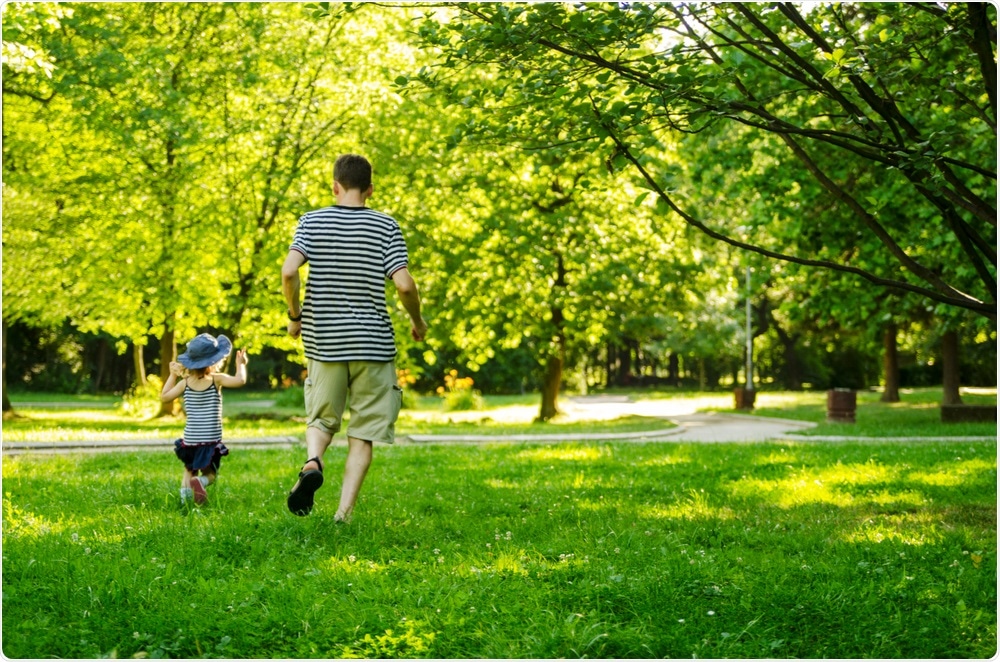I bet your doctors did nothing with this 2+ year old research and will do nothing with the new one. S/he won't even get you recovered enough to easily walk in the woods on your own,
Acute effects of walking in forest environments on cardiovascular and metabolic parameters. December 2016
Green space linked to reduced risk of heart disease and stroke
In the first study of its kind(Well then, you don't read research in your field of study.), researchers at the University
of Louisville have shown that people who live in neighborhoods with
denser green spaces may be at a lower risk of developing heart disease
and stroke.
 Biserka Stojanovic | Shutterstock
For the study, Bhatnagar and colleagues assessed the impact of green
spaces on individual-level biomarkers of blood vessel injury and
cardiovascular disease.
Biserka Stojanovic | Shutterstock
For the study, Bhatnagar and colleagues assessed the impact of green
spaces on individual-level biomarkers of blood vessel injury and
cardiovascular disease.
Over a five-year period, the risk of cardiac injury and stroke was calculated by measuring the biomarkers in urine and blood samples taken from 408 people of varying age, ethnicity and socioeconomic status.
The participants, which were recruited from the outpatient cardiology clinic at the university, were largely at an increased risk of cardiovascular disease.
The density of the green spaces near to where the participants lived were measured using the Normalized Difference Vegetation Index (NDVI) and levels of air pollution were measured using particulate matter from the EPA and roadway exposure measurements.
As reported in the Journal of the American Heart Association, the study revealed that living in areas with denser green spaces was associated with the following:
The results were independent of factors such as age, gender, ethnicity, smoking status, roadway exposure, statin use and deprivation level.
 Biserka Stojanovic | Shutterstock
Biserka Stojanovic | ShutterstockOver a five-year period, the risk of cardiac injury and stroke was calculated by measuring the biomarkers in urine and blood samples taken from 408 people of varying age, ethnicity and socioeconomic status.
The participants, which were recruited from the outpatient cardiology clinic at the university, were largely at an increased risk of cardiovascular disease.
The density of the green spaces near to where the participants lived were measured using the Normalized Difference Vegetation Index (NDVI) and levels of air pollution were measured using particulate matter from the EPA and roadway exposure measurements.
As reported in the Journal of the American Heart Association, the study revealed that living in areas with denser green spaces was associated with the following:
- A lower urinary concentration of epinephrine, which is a biomarker of stress
- A lower urinary concentration of F2-isoprostane, an indicator of less oxidative stress
- An increased capacity to repair blood vessel damage
The results were independent of factors such as age, gender, ethnicity, smoking status, roadway exposure, statin use and deprivation level.
Indeed, increasing the amount of vegetation in a neighborhood may be an unrecognized environmental influence on cardiovascular health and a potentially significant public health intervention.”
Aruni Bhatnagar, Lead Author

No comments:
Post a Comment